Bedecked In Vivid Black And Yellow Hues, This Striking Bird Graces Tropical Lowlands, Standing Out In A Most Spectacular Way!
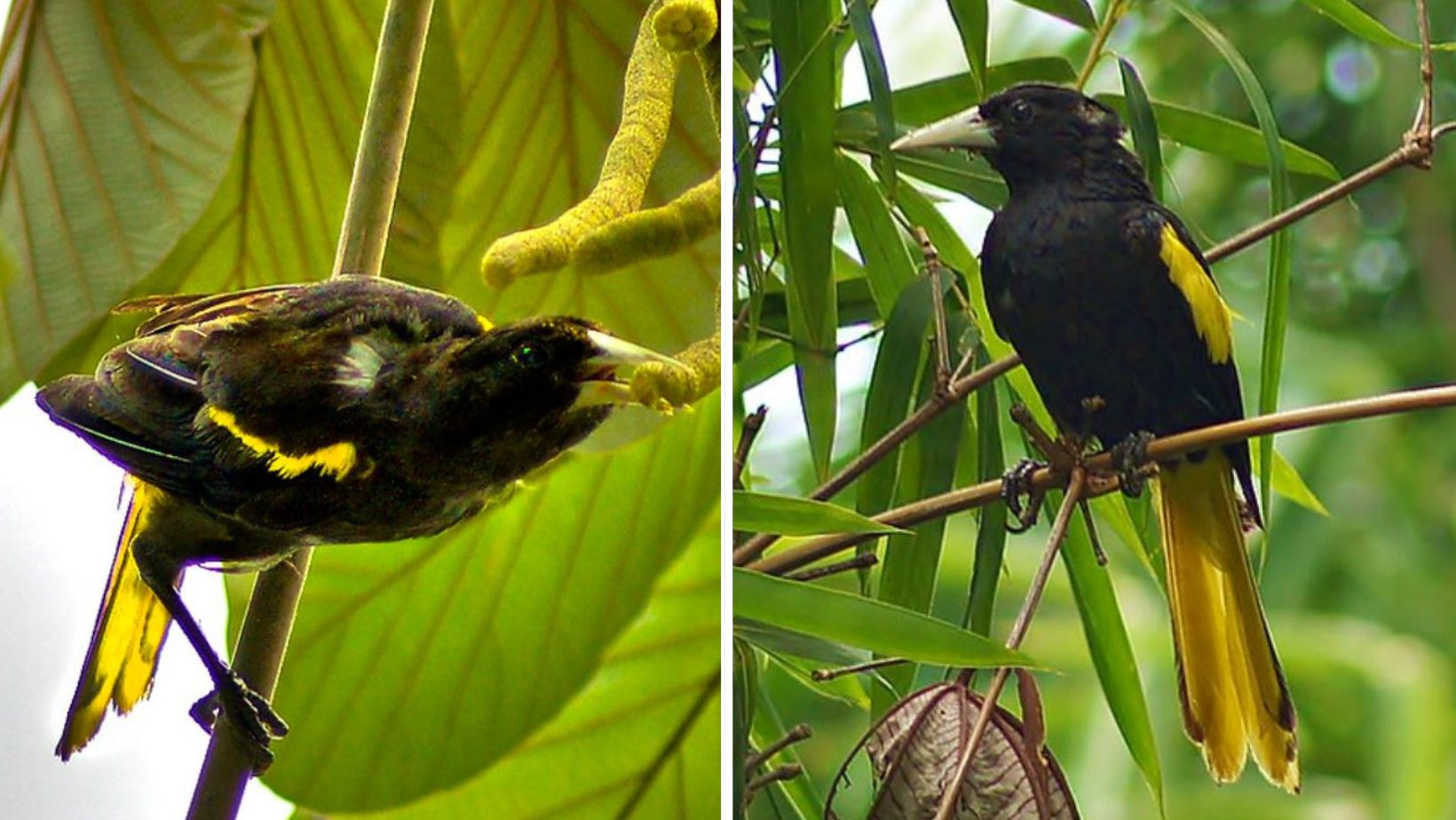
Striking and easily noticeable, this bird, bedecked in black and yellow hues, graces the tropical lowlands of western Mexico with its spectacular presence.
Meet the Mexican cacique:

The Yellow-winged Cacique, scientifically known as Cacicus melanicterus, is a captivating bird commonly seen across Central and South America. This bird species stands out with its striking plumage and unique behaviors, making it an emblem of elegance and beauty in the natural world. Its appearance is remarkable, showcasing a stunning combination of bright yellow and deep black feathers, making it an eye-catching spectacle from a distance.
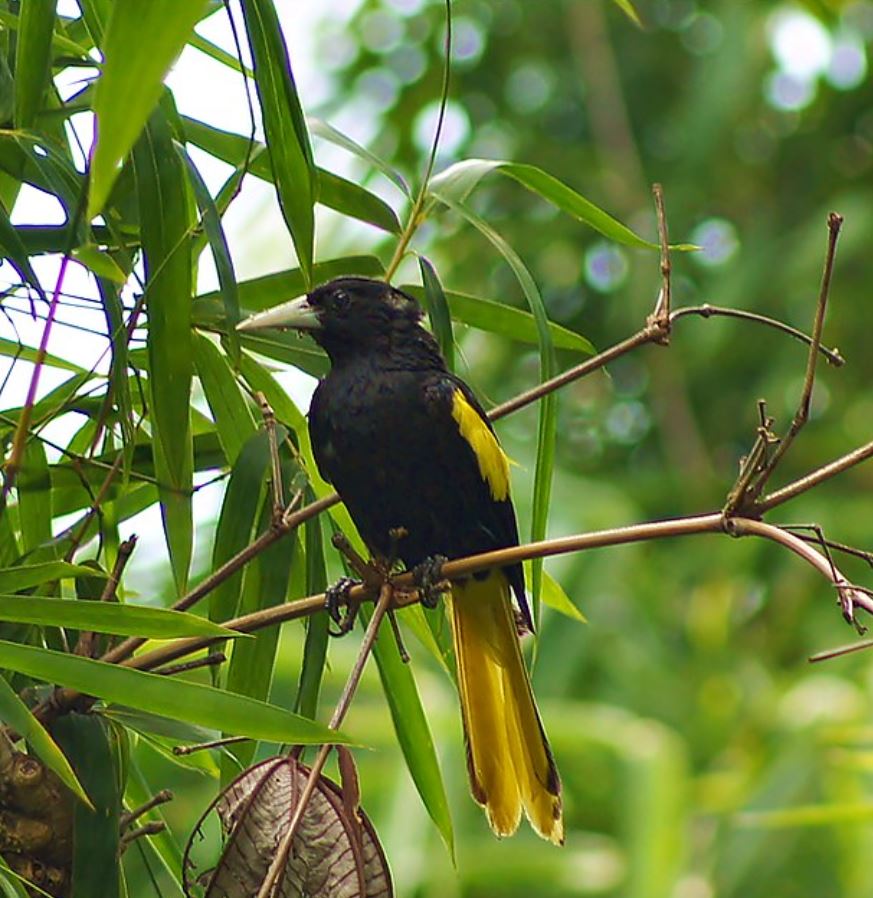
This bird species is exclusively found along the western coastline of Mexico and at the northernmost extent of Guatemala.
Related reading:
– Buntings Come In All Colors And Shapes, But Did You Know There Is One Is As White As The Purest Snow?
This bird thrives in subtropical or tropical dry forests and areas that were once heavily forested but have since undergone significant degradation.
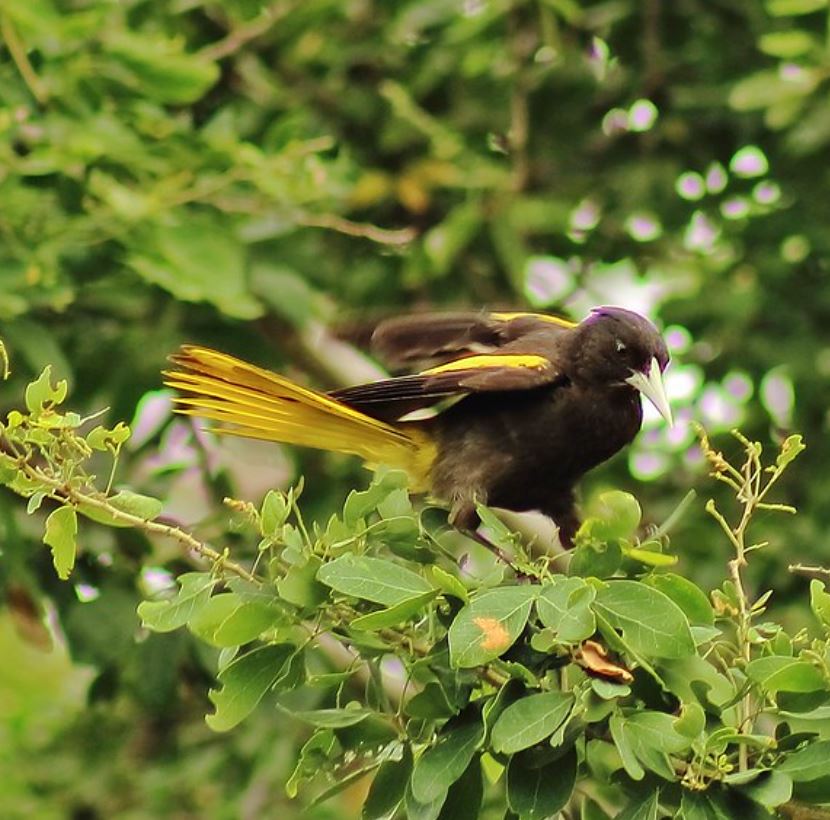
Adorning flamboyant yellow wings, the Yellow-winged Cacique creates a dazzling sight amidst its lush green habitat.
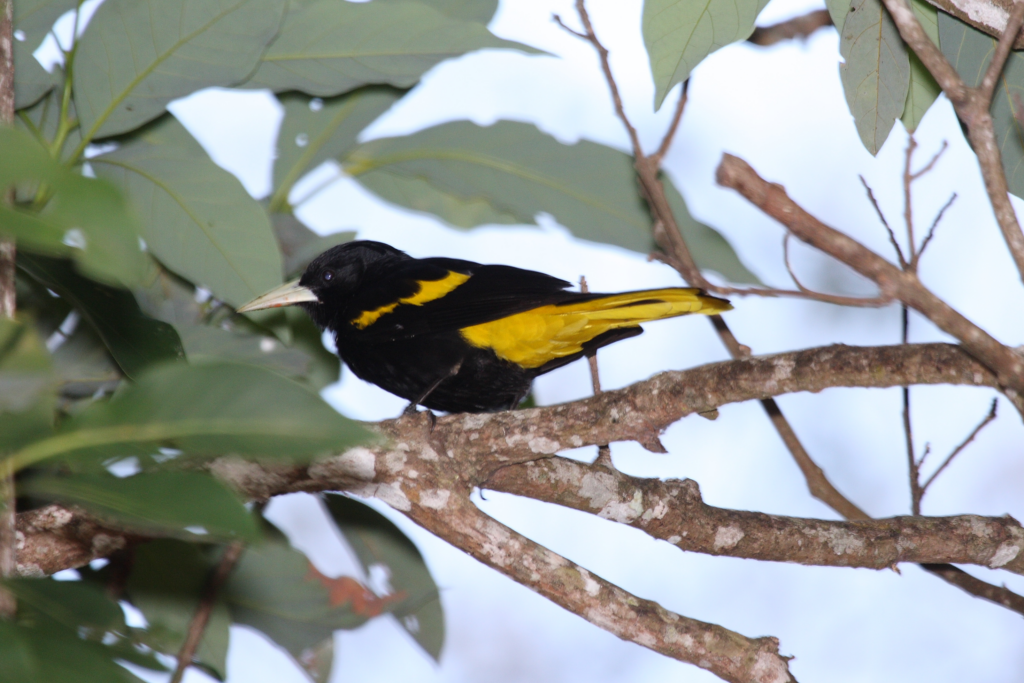
Its vibrant plumage not only captures attention but also represents its vitality and liveliness within the tropical ecosystem it inhabits.
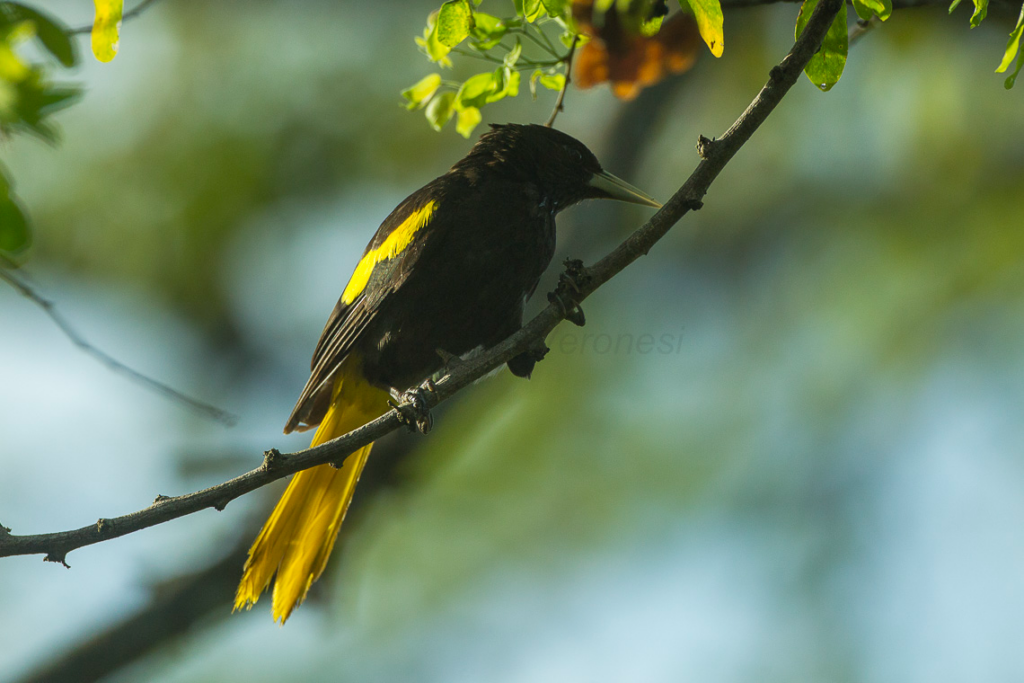
Additionally, this species engages in intriguing social behaviors, forming large and vocal flocks, reflecting their sociable nature.

Their main diet consists of insects, with the addition of fruit and nectar.
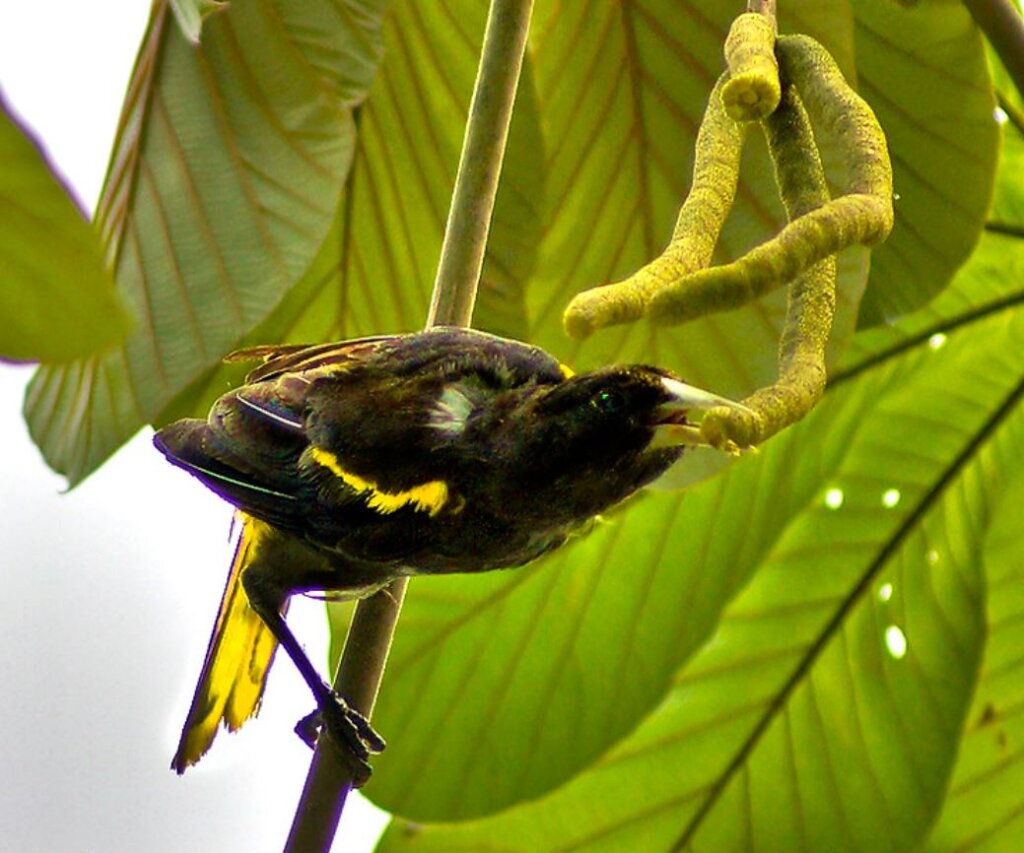
Similar to other Caciques, the breeding pattern involves constructing a hanging structure for nesting, which comprises a fully enclosed nest. These nests are suspended either in small clusters or individually, exhibiting greater sociability outside the breeding season.
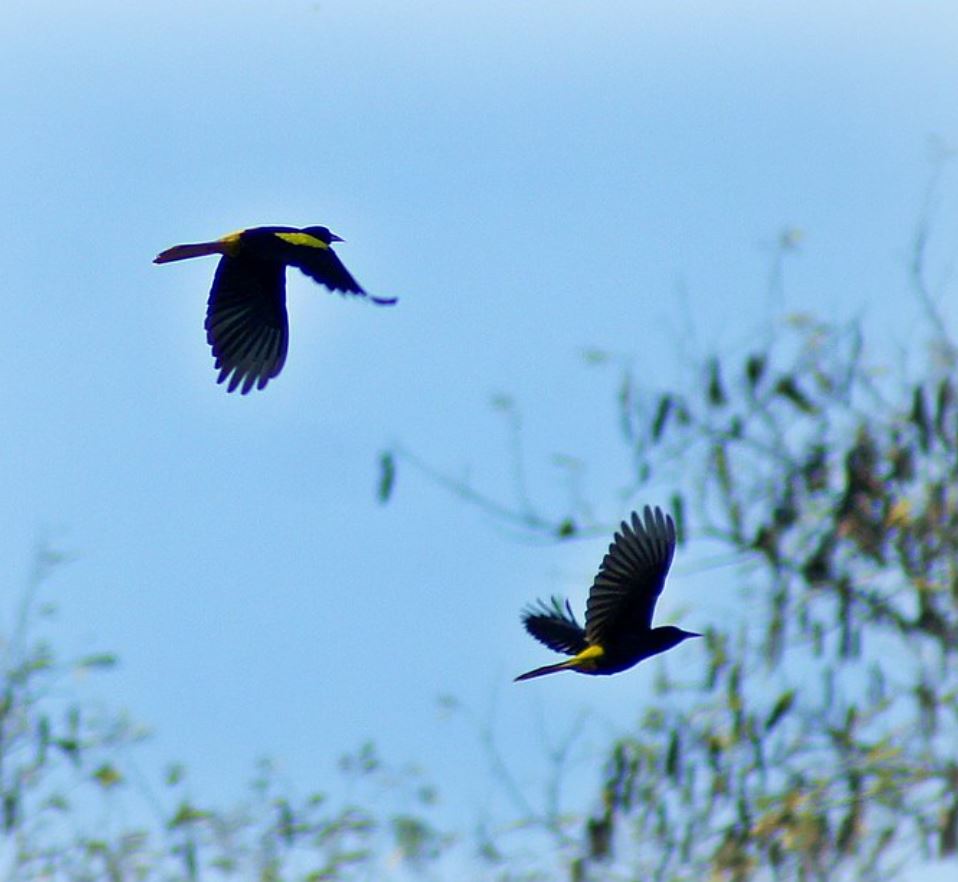
In the rainforests, the melodious songs of the Yellow-winged Caciques create a delightful harmony that resonates through the dense foliage, enhancing the vibrant atmosphere of their environment. These calls serve as both communication and an integral part of the rainforest’s lively ambiance. Moreover, their nest-building skills are remarkable, crafting intricate hanging nests using plant fibers and natural materials, a testament to their intelligence and adaptability.

Furthermore, these birds display a strong sense of unity within their flocks, engaging in cooperative parenting, where multiple adults share responsibilities in nurturing and raising their young. This social structure highlights their collaborative spirit and underscores the importance of teamwork in their daily lives.
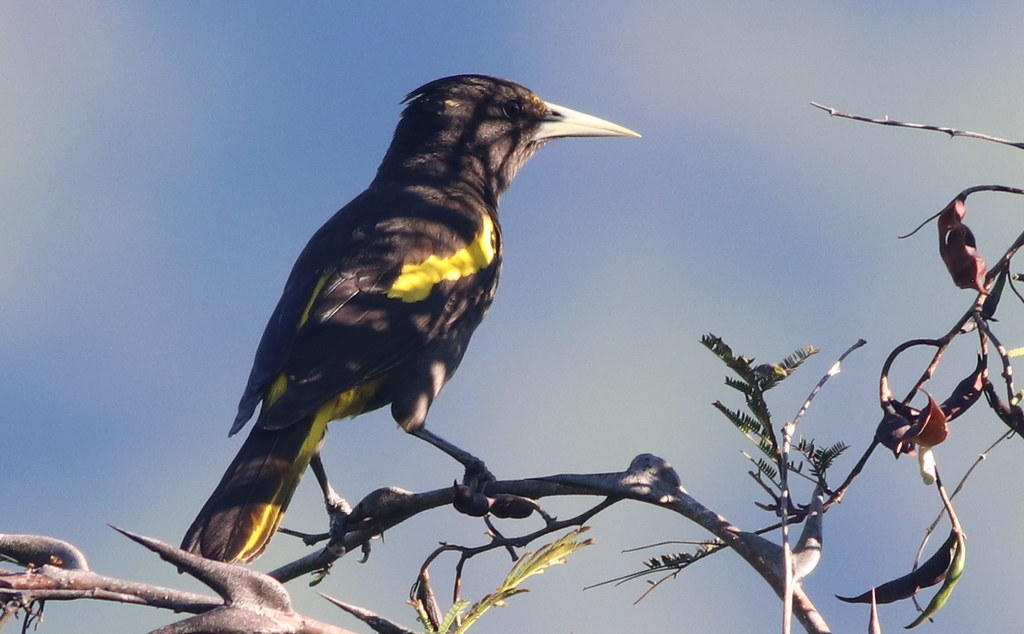
This bird is regarded as of Least Concern on the IUCN Red List.
Watch this bird in action below:
This article uses material from Wikipedia.org which is licensed under the GNU Free Documentation License via Copyright Wikipedia. Images on this page are the sole property of the photographers (unless marked as Public Domain). Please read the license and or contact the photographers directly before using them for any purpose. Thank you all.
This Bird May Have Plain In His Name But After Taking A Closer Look You’ll See He Is No Plain Jane!
Please SHARE this video with all your bird-loving friends and family.






